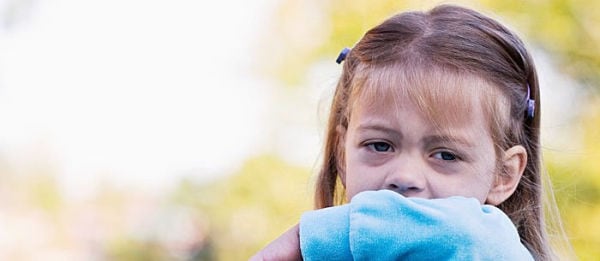Teaching kids about germs can be tricky – how do you explain something you can’t see, touch or smell to a child? And should you just focus hygiene, such as washing your hands, sneezing into a tissue, and not sharing utensils or food — without getting stuck on the explanation why? We break down some of the best practices for teaching your children about germs and hygiene below.
Understand The Basics Of Germ Education
You can begin teaching children about germs even when they’re really young. Use simplified, basic explanations such as “Germs as tiny bugs that live on all things, and sometimes these bugs can make you sick. When you’re sick, you miss out on having fun, going to school and seeing friends”.
As they get older, you can explain that germs are called bacteria, and they’re so small they can only be seen with a microscope. While they’re not actually insects, they are living organisms that can grow and multiply quickly. It’s important that they begin to understand that some germs are good — for example, probiotics — and that others are bad, such as cold viruses.
When they get even older, you can explain the difference between viruses and bacteria to them, so they understand why antibiotics can help with some illnesses, but not others.
Point out several examples of ways that your child can avoid becoming sick from germs, such as coughing into a tissue or washing their hands after blowing their nose. There’s one important step of teaching children about germs that many parents miss: having your child repeat back to you what you said, so that you know that they understand it. This step can help you clear up any misunderstandings before they take root.
If you’re struggling with the abstractness of teaching children about germs, you could consider using outside sources. You could, for instance, ask their paediatrician, teachers or doctor for advice. All should have resources at their fingertips which you can use to help teach your children.
Play Germ Games and Activities
Germ Songs
Take one of your child’s favourite nursery rhymes and give it new lyrics to make washing hands fun. For example, to the tune of Wheels on the Bus:
The soap on your hands goes sud, sud, sud.
Sud, sud, sud.
Sud, sud, sud.
The soap on your hands goes sud, sud, sud.
And the germs go down the drain.
Glitter Germs:
Sprinkle some glitter on your child’s hands and ask them to wash the glitter off with water. They might find it quite difficult to get all the glitter off. At this point, repeat the experiment, and ask them to wash their hands again, with water and soap this time. You can explain that the glitter represents germs, which is why it’s so important to wash our hands with soap. Also, to show them how germs spread by touch, put glitter on your hand and touch your child’s shoulder, hands and hair.
Everything You Touch
This is a great exercise for teaching children about germs and how quickly they spread. Get your children to draw lots of little pictures of germs, or alternatively, give them some ‘germ’ stickers. Tell them that for the next half an hour, they have to stick a little germ to everything that they touch. When half an hour is up, they can look around at the room to see how much germs spread – and that’s only for one person!
Watch Out For Excessive Hygiene
Although teaching children about germs and hygiene is important, make sure your children don’t go overboard. Washing your hands after going to the toilet is a must, but keeping your hands completely clean at all times may be unhealthy: Many experts agree that too much cleanliness is the reason that we’re seeing more food allergies in children. So the next time your child goes to eat something after dropping it on the floor, it probably isn’t worth the battle. Just think of it as building up their immune system.
The way you introduce germs for children can affect whether they become overzealous about hygiene. Try not to instil fear, as this can lead to over-washing. If children think of them as cute little things, like a cartoon, they can understand we need to stay clear of them, but not be fearful. In addition, if your child seems to be obsessing a bit over hygiene, make sure that you’re modelling normal germ control and not going overboard yourself.
